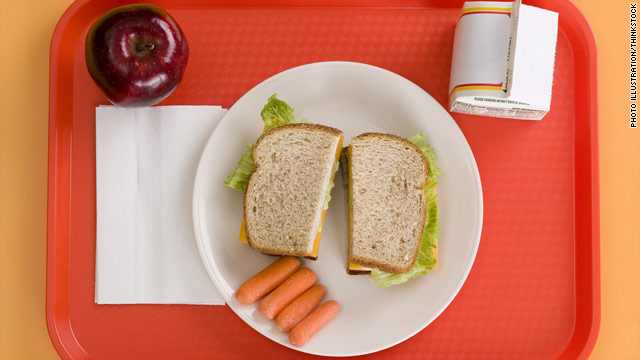by Augie
What can each of us do to change this?
American children are suffering more and more disorders—and are growing into even sicker adults—the worst of most major countries. Two studies were released this week underscore this alarming reality.
In a study published in Academic Pediatrics, an estimated 43% of US children (32 million) currently have at least 1 of 20 chronic health conditions assessed, increasing to 54.1% when overweight, obesity, or being at risk for developmental delays are included. The estimate is derived from 2007 data—4 years old. This tells us matters are much worse now–perhaps 50% are now chronically ill not counting obesity. Another study in the June 2011 issue of Pediatrics says developmental disability is on the rise in the U.S. Between 1997 and 2008, the number of school-age children diagnosed with autism, ADHD, or another developmental disability rose by about 17 percent, a new study showed. It also said roughly 15 percent of kids – nearly 10 million – have such a disability. The numbers were based on information collected from parents, who were asked whether their kids had been diagnosed with a variety of developmental disabilities, including cerebral palsy, seizures, stuttering or stammering, hearing loss, blindness, and learning disorders, as well as autism and ADHD. Note that these numbers are three years old. Applying the same rate of increase, today’s numbers would amount to 21% by simple arithmetic. Boys were twice as likely to have a developmental disability. It also found except for autism, developmental disabilities were more common among children from low-income families. A third study I found was published by the Archives of Psychiatry in March and it found that the U.S. has the highest in the world lifetime rate of bipolar disorder at 4.4%, and India the lowest, with 0.1%, as reported by CNN. In other words, the U.S. has 44 times more bipolars (manic-depressives) than India. Bipolar disorder is characterized by cycles of depression and mania, a euphoric, high-energy state that can result in heightened levels of creativity or output as well as erratic or risky behavior. People with bipolar disorder are at high risk of substance abuse and suicide, and treatment includes psychiatric care and medication. These rates will continue to increase, in my view, since nothing is really changing in terms of the amount of unhealthy, industrially processed foods families and children eat, the poor USDA dietary guidelines being promoted as healthy, the very high rate of vaccinations and their damages inflicted, a continuiing flow of pharmaceuticals, and of course, other environmental and lifestyle factors. So in five years we may be looking at 60-70% of American children being chronically ill and even more obesity and infertility.
Even if the rates were 100%, the public health authorities and their partners in health care and food/agriculture industry will accept no blame or liability for their policies that have help destroy so many families. They will be to busy planning for lucrative programs for their medicine and long-term care rather than real prevention.
All should take heed of telling others of the importance of taking control of their own health by getting more educated on nutrition and natural prevention and healing options.
What can each of us do to change this? One way right now is to spread the message by using the share buttons and SOUND THE ALARM.
STOP THE MASSACRES



 Before I get to today’s Monday Musings I wanted to give a shout out and big thanks to everyone that came out the inaugural
Before I get to today’s Monday Musings I wanted to give a shout out and big thanks to everyone that came out the inaugural 




